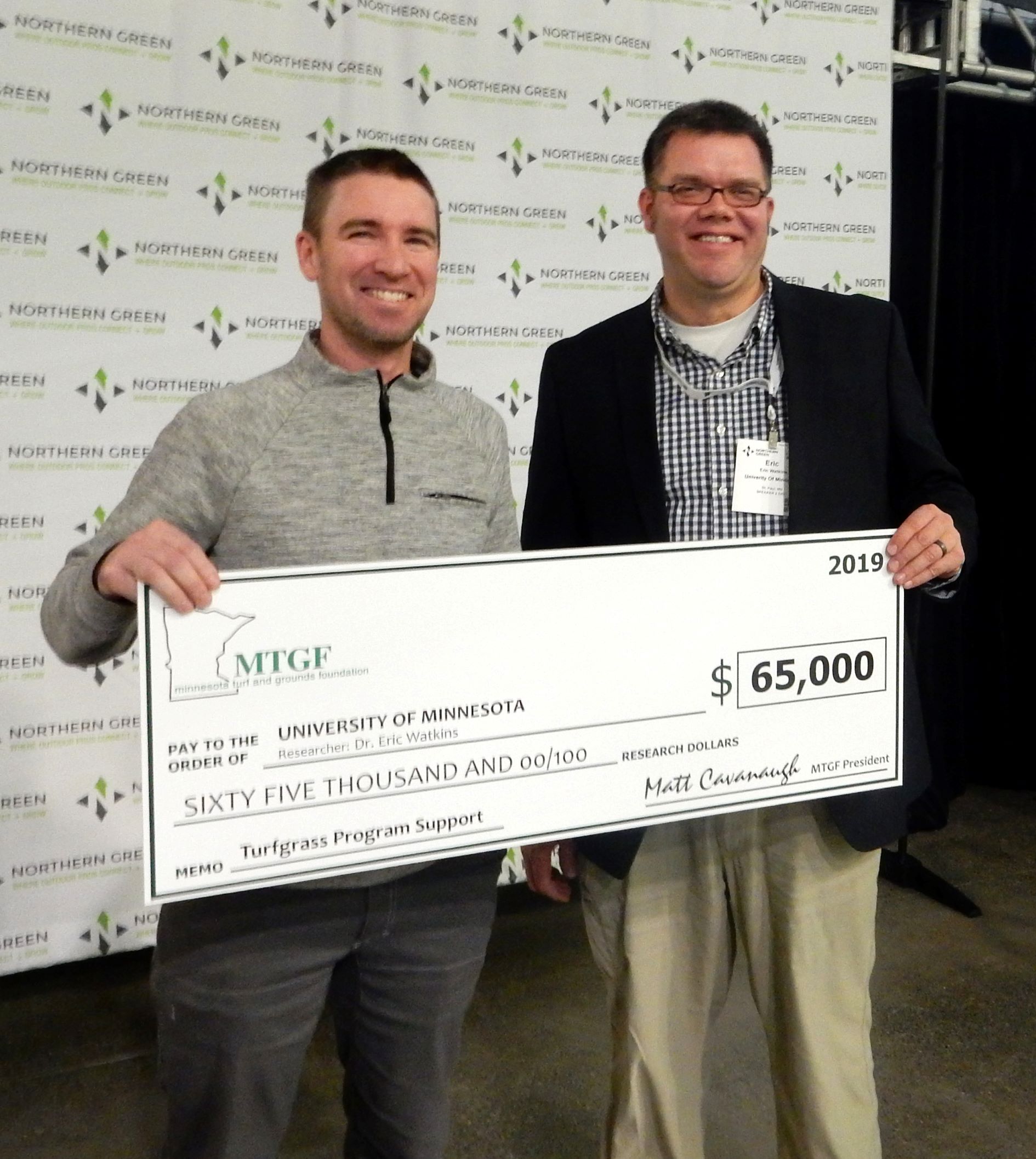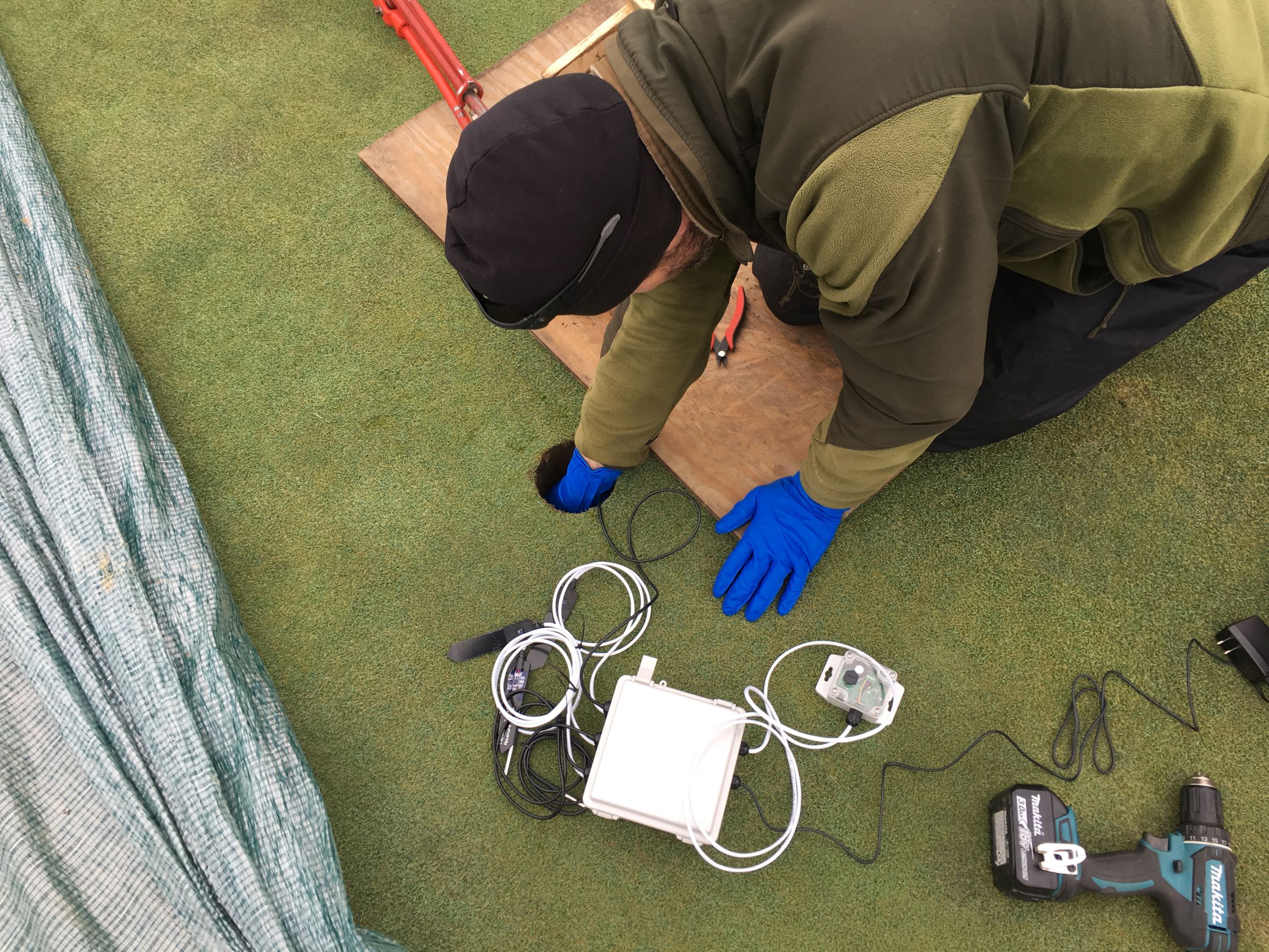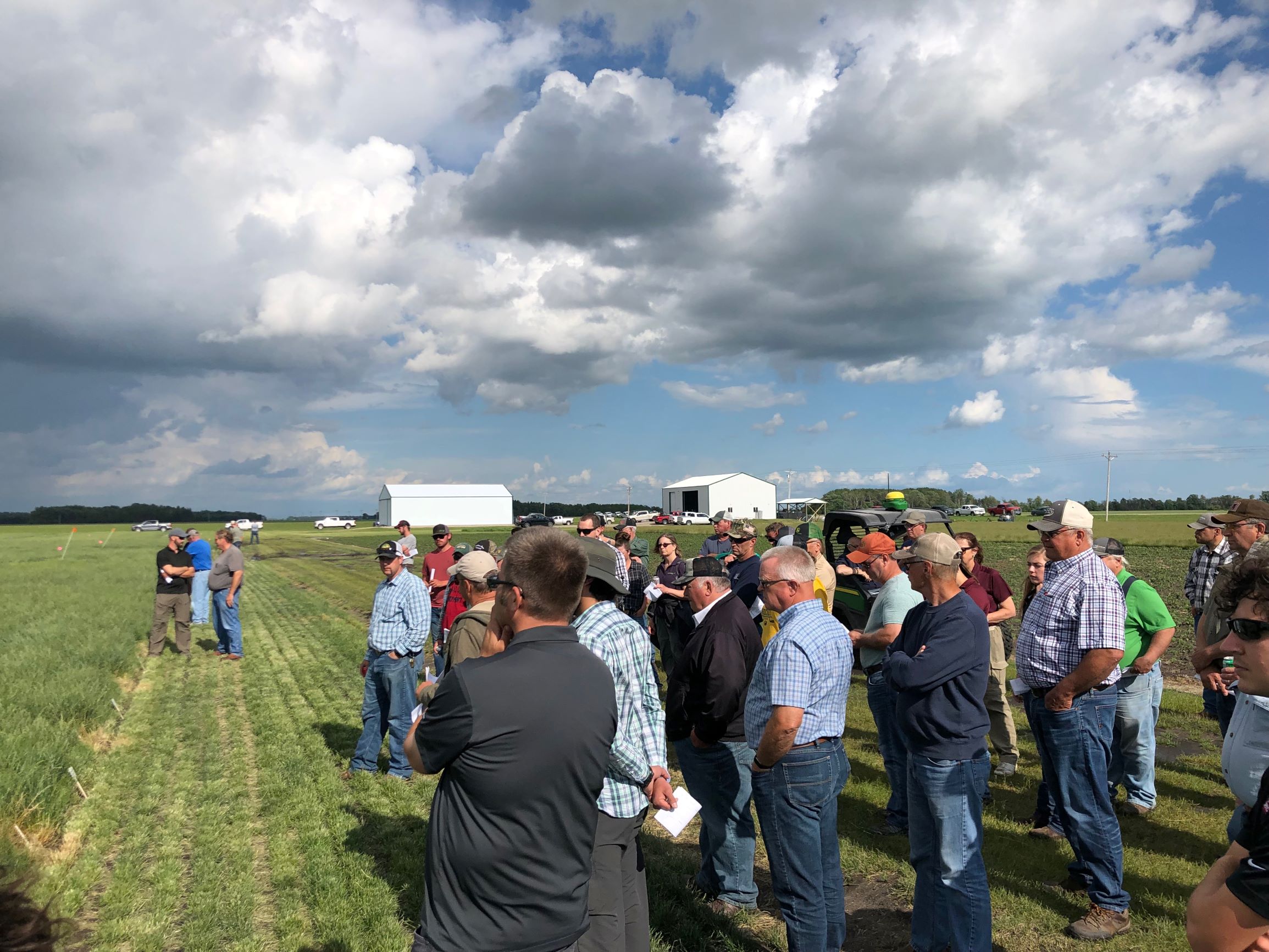By Eric Watkins
If you are a regular reader of this blog, you have read about projects led by a number of different researchers in our group at the University of Minnesota. I recently wrote a short article published in Golf Course Management about the high cost of turfgrass research. Fortunately, in Minnesota there is tremendous support for research from professional turfgrass organizations. This funding allows us to run a top-notch turfgrass research facility and seek other funding that builds off of our baseline capacity. So where does the funding for the UMN turfgrass science program come from?
Local funding from professional groups
The Minnesota Turf and Grounds Foundation has, since 2001, donated over $1.75 million to research at the University of Minnesota, the majority of which has directly funded turfgrass research. Without this consistent, generous funding, it is hard to imagine maintaining a turfgrass research program at UMN. We are fortunate that this group is so supportive, and we are particularly grateful for the foresight of those who originally founded the MTGF over 25 years ago (Figure 1).
The Minnesota Parks and Sports Turf Managers have supported research related to sports fields. Recently, they have funded the purchase of GPS tracking devices that were used in research led by Dr. Chase Straw.
The Minnesota Turf Seed Council represents turfgrass seed producers in northern Minnesota, primarily in Roseau and Lake of the Woods counties. The seed producers support research activities at the Magnusson Research Farm where UMN researchers investigate new cultivars for seed production along with best management practices to improve yield of those grasses. A number of graduate students have been funded with help from this group (Figure 3).
Funding from state agencies
The Minnesota Department of Transportation, through the Local Road Research Board, has been a tremendous partner, funding our work since 2010. We have completed several projects aimed at improving Minnesota roadsides. For more information, you can visit our roadside research page.
The Minnesota Department of Agriculture has funded a number of our projects related to improving turfgrass seed production through both agronomics and breeding. This work has focused on both perennial ryegrass and fine fescues.
The Metropolitan Council, with funding from the Clean Water Land & Legacy Amendment, has supported several years of research aimed at reducing water use on Twin Cities lawns. This work has funded a number of outreach activities, including our presence at the Minnesota State Fair. More information about this collaboration can be found on the Metropolitan Council website.
Funding from other turfgrass groups
Our primary funder in this area has been the United States Golf Association. Their most significant funding effort was led by Brian Horgan when he was at UMN: The Science of the Green Initiative. The USGA has also funded a number of other projects including projects no-mow fine fescues, prairie junegrass breeding and genetics, reducing water use on golf courses, fine fescues for low-input golf course fairways, and cold-temperature germination of creeping bentgrass.
We recently found out that the Washington Turfgrass Seed Commission will be funding work in our group on use preferences for artificial and natural turfgrass.
Funding from federal agencies
Our most significant funding source over the past several years has been the Specialty Crop Research Initiative, a grant program out of the United States Department of Agriculture (USDA) National Institute of Food and Agriculture. This program has funded two major projects on fine fescue breeding, involving a number of our collaborators at other universities. We have also received funding, led by Purdue University, to improve fine fescue sod forming ability from the Specialty Crop Multi-State Program, that is administered by the Agricultural Research Service of the USDA.
For those of you who have supported our program over the years, whether through gifts of money, gifts of time, or just your presence at events: Thank You!


